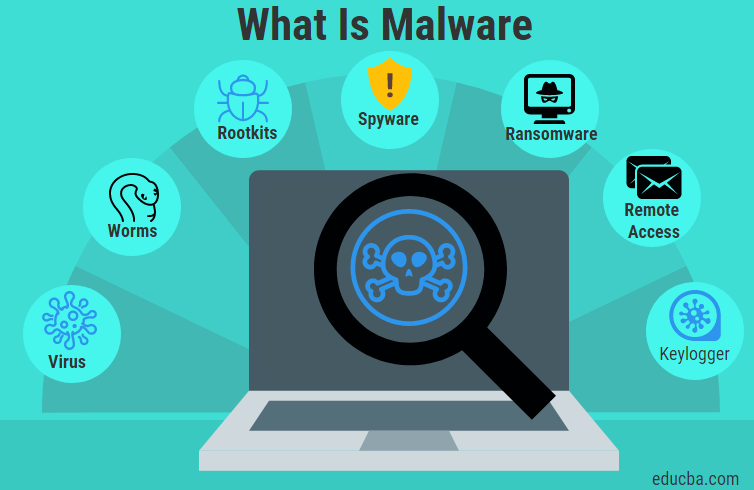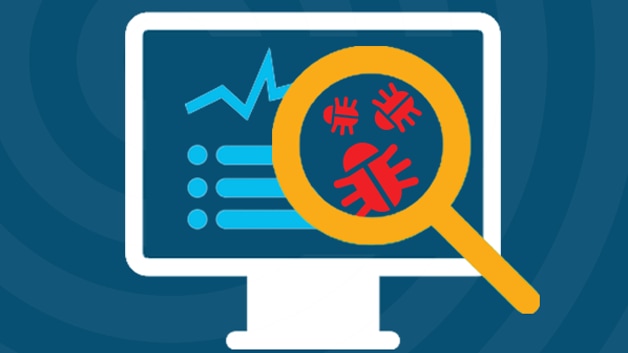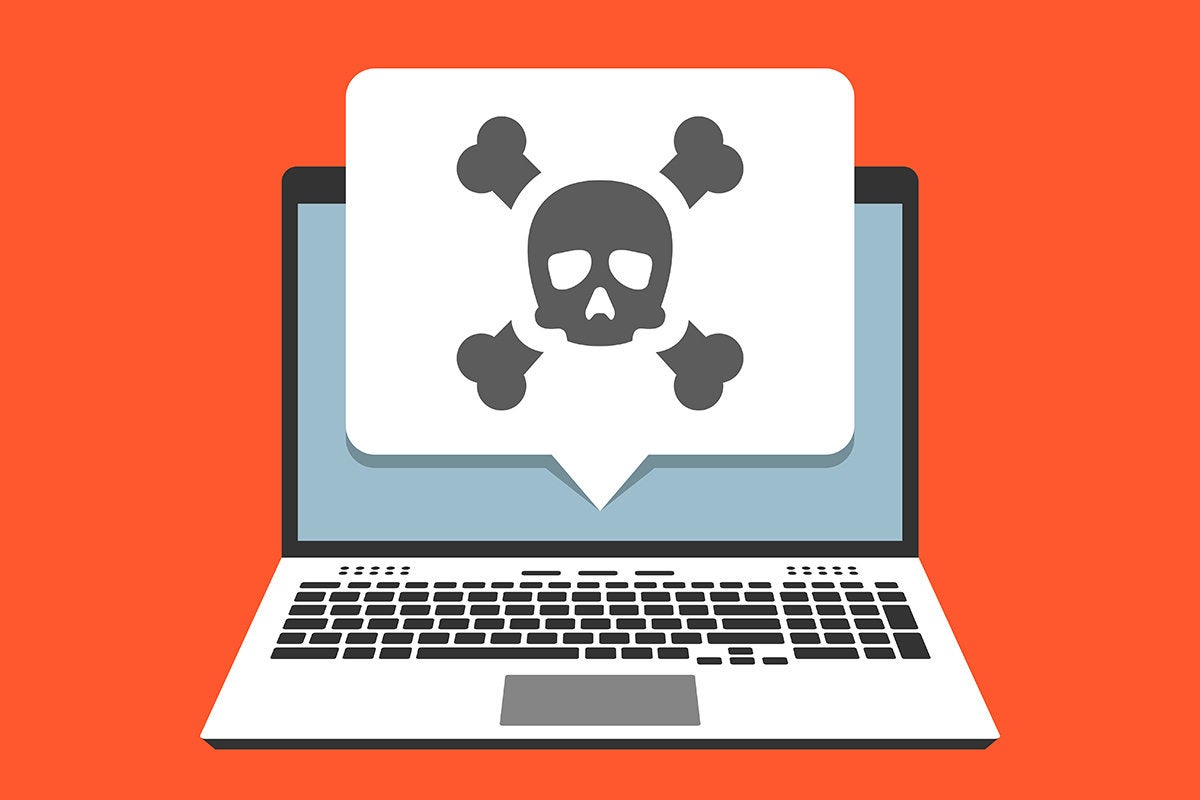Clean Malware From Your Personal Computer: Using a computer at work or at home does not protect you from the potentially devastating effects that can be caused by malicious software, sometimes known as malware. This guide will show you how to eliminate malware from a machine that has been infected, as well as what steps need to be taken to ensure that similar incidents do not occur in the future. We can discuss more about how to Clean Malware From Your Personal Computer.

How to Clean Malware From Your Personal Computer 2023 , We can know How to remove malware from Windows 10 also How to remove malware from computer In this blog
Admin Insystem Tech
What Exactly Is the Malware?
Malware is pesky software that secretly infiltrates computers and networks with the intention of doing harm and destroying them. The term “malicious software” is sometimes abbreviated to “malware.” Viruses, worms, Trojan viruses, spyware, adware, and ransomware are all examples of prevalent types of malicious software (malware). We can discuss more about how to Clean Malware From Your Personal Computer.
How can I prevent malicious software from infecting my network?
In most cases, companies place their emphasis on preventative tools in an effort to stop breaches. Companies might give themselves the impression that they are protected if they secure the perimeter. However, more sophisticated malware will inevitably find its way into your network in the long run. As a consequence of this, it is absolutely necessary to implement technologies that are capable of continuous monitoring and locating malware that has circumvented perimeter protections. Multiple layers of security, in addition to high-level network visibility and intelligence, are required in order to provide adequate protection against modern malware.

How can I identify malicious software and what should I do about it?
Your network will inevitably become infected with malicious software. You absolutely need to have protections that can identify large breaches and provide significant visibility. You need to be able to swiftly recognise harmful actors in order to be successful in removing malware. This requires that you constantly search the network. After the danger has been located, the virus must be removed from your network in order to protect it. Antivirus software of today is insufficient to provide adequate protection against more sophisticated forms of online danger. We can discuss more about how to Clean Malware From Your Personal Computer.
What steps should I take to get rid of the malware?
Depending on the type of malware that has infected your computer, you may notice undesirable changes on your system, such as a decrease in performance, system freezes, a denial of service, malvertising, high resource consumption, random messages appearing on the screen, browser redirection, and other similar issues. If you notice one or more of these symptoms, there is a good possibility that your computer is infected and spreading throughout the system.

First Step: Disconnect Your Device from the Internet.
Check to see that the connection between your machine and the internet has been severed. If you are using Wi-Fi, you can disconnect from the network by going into the Settings menu and selecting the Wi-Fi option. It’s possible that certain kinds of infectors will stop you from messing with the network controllers. In such a scenario, you might want to try turning off your WAP or even unplugging it (Wireless Access Point).
If you are using a wired connection, you can either unplug the cable or use the Ethernet menu under Settings to sever the connection. Your computer will do various functions more quickly if it is disconnected from the internet.
For instance, if your computer is connected to a larger network, cutting off its connection to the network will prevent malware from spreading to other computers in the network. In the case of ransomware attacks, disconnecting the machine may make it more difficult for the malicious software to communicate with the C2 (Command and Control) server. We can discuss more about how to Clean Malware From Your Personal Computer.
Step 2: Create backup copies of all of your important papers and files.
It does not matter if you are infected with malware or not; the first thing you should do is back up all of your essential files and documents. You will be able to accomplish this by storing your vital information on external sources, such as DVDs or CDs, free cloud storage services, USB sticks, or external drives. Make better backups of your internet data by following this advice. You can ensure the security of your critical information by storing backup copies of it on a device that is located outside of your network.
Step 3: Restart the Computer in the Safe Mode with Networking.
What you ought to do is as follows:
1. Before shutting down your computer, disconnect any DVDs, CDs, or other USB drives that may be connected to it.
2. Perform a restart while simultaneously pressing the F8 key in rapid succession until the Safe Mode with Networking menu appears.
Because of this, only essential programmes will start when your system starts up, which will prevent certain malware infestations from starting up.
The instructions below will walk you through starting your computer in Safe Mode if you are using Windows 8 or Windows 10. Please follow these procedures if you are using an older version of Windows, such as Windows 7 or XP. We can discuss more about how to Clean Malware From Your Personal Computer.
Step 4: The fourth step is to delete any temporary files.
If you want the scanning procedure to go more quickly and smoothly, you should remove any temporary files from your computer that aren’t absolutely necessary.
To accomplish this, right-click on a Windows disc, select Properties from the menu, and then select Disk Cleanup from the list of options. Select the files that you do not want and then remove them after making your selections from the menu.
Step 5. Reset your browser settings
In many instances, malware will alter the settings of your browser in order to re-infect your computer, display advertisements, or assist any other dangerous downloads. This can be quite frustrating. Because of this, you will need to check some of the settings on your browser.
FIXING BROWSER SHORTCUTS ALTERED BY MALWARE.
1. Open a new tab in your browser. After you have right-clicked on your browser, navigate to the Properties menu.
2. The Target field can be found on the Shortcut tab of the Options window.
It’s possible that the malware changed the target field and put a dangerous URL in there, but the most likely scenario is that it just added the URL. This page will now load automatically at the beginning of your browser session whenever you restart your computer. We can discuss more about how to Clean Malware From Your Personal Computer.

In a typical scenario, the browser target should be formatted in a manner similar to this:
The Chrome executable file is located in “C:Program Files (x86)GoogleChromeApplicationchrome.exe.”
In the instance that we are using as an example, the browser was programmed to visit a malicious website with the intention of getting malware into your own computer.
You can correct that by by removing the portion of the URL that comes after the.exe” extension. Hijackers will alter the homepage of your web browser. Some malicious software may only alter the homepage of your browser rather than tampering with the “Target” field located in the “Shortcut” tab. Lets know more about how to Clean Malware From Your Personal Computer.
WITH RESPECT TO THE CHROME BROWSER
Navigate to the Settings menu by clicking the cog icon in the upper right corner of the browser. After arriving at that location, navigate to the on-startup area. Since neither of the first two choices features a webpage of its own, you are free to go ahead and pick either of those two alternatives.

If, on the other hand, you want to have your own homepage, you should choose the checkbox that says Open a specific page or collection of pages, and then click on the Set pages button. This should bring up this box, in which you can add or delete dangerous links that have been stealthily established as the homepage. Lets know more about how to Clean Malware From Your Personal Computer.
SETTINGS FOR FIREFOX
In the far right-hand corner of the browser window, you will find a menu labelled Options. After clicking this, you will be sent straight to the General tab, where you can make any changes to your homepage that you see fit.
By visiting the server and accessing the information it contains, malicious hackers can also take control of your accounts through a process known as session hijacking. This allows them to do so without first having to steal a registered account. In addition, he has the capability to alter the server in order to improve his ability to hack it in the future or to make the process of stealing data more straightforward. Lets know more about how to Clean Malware From Your Personal Computer.

Step 6. Verify your proxy settings
Malware exists that has the capability of altering the Internet service provider that is used to connect to the web. Because deleting the malware alone will not restore these proxy settings, this is an issue that needs to be resolved before you can consider your computer to be in pristine condition. You may access the settings for your proxy by going to Control Panel, then clicking on Network & Internet, and finally selecting Internet Options.
To change your LAN settings, go to the Internet Options menu, select the Connections tab, and then press the button.
Make sure that the option to Automatically detect settings is turned on, but that the “Use automatic configuration script” and “Use a proxy server for your LAN” checkboxes are left unchecked. The following is how your settings ought to appear: Lets know more about how to Clean Malware From Your Personal Computer.
How to protect your computer from malicious software
Now that you have successfully cleaned up your computer and removed the malicious software, it is imperative that you take certain precautions to prevent another infection from occurring. Some malicious software programmes run in the background without your knowledge, and you might not even realise you have been infected. They do not have an obvious impact on your computer.
Instead, they might gather private information about you, such as your passwords, credit card information, completed forms, and screenshots. To avoid obtaining an infection on your computer, it is highly recommended that you take these preventative steps:
Make use of an authentication management system with two factors.
If, in addition to other things, you were also infected with a keylogger, then there is a strong probability that your account passwords and other sensitive information were stolen.
You should prioritise getting started with a secure password management solution that supports two-factor authentication as one of the first things on your to-do list. There is spyware that can completely take over the management of your passwords.
This password security guide will provide all of the information that is required to build up robust and one-of-a-kind passwords to protect your online accounts from being hacked by hostile hackers that abuse weak passwords. A second line of defence will be added to the defences already present on your account by using the two-factor authentication mechanism.
Always make sure the software you use is up to date.
Software that has been allowed to become outdated is one of the most common reasons for malware outbreaks on the internet. This is mostly due to the fact that older versions of software come with a greater number of vulnerabilities that can be exploited by cybercriminals.
By ensuring that your software is always up to date, you may reduce the likelihood that criminal hackers will be able to gain access to your device or eliminate the risk that they will infect other devices.
We are aware that maintaining your software’s most recent version can be a laborious but essential activity, particularly for programmes that issue frequent patches.
A fantastic solution, Patch & Asset Management will automatically (and invisibly) update your software without subjecting you to any vexatious confirmation pop-ups. Because it is lightweight and unobtrusive, it will not cause your system to run more slowly.
To ensure that your endpoint is safe, you need implement a system that filters traffic (s)
A traffic filtering program is a useful addition to an antivirus program because it examines all incoming and outgoing data for the presence of malicious software and then prevents that data from entering your computer if it is found. To put it another way, new malicious software will have a harder time accessing your device. When you use virus protection services, your Internet traffic will be sanitized, and malicious sources will be blocked. This will ensure that your private and sensitive information, including financial data, is kept secure.
Insystem Tech Clean Malware From Your Personal Computer.
Insystem provides the best protection against malware for your Computer. Our service can detect and remove malware from your website, as well as provide ongoing security. If you need help with your computer, visit www.insystemtech.com. The Argusdna engine is already in use. If a hacker or virus infects your computer, what do you do? Get in touch with us if you need help figuring out how to combat your malware problem.


